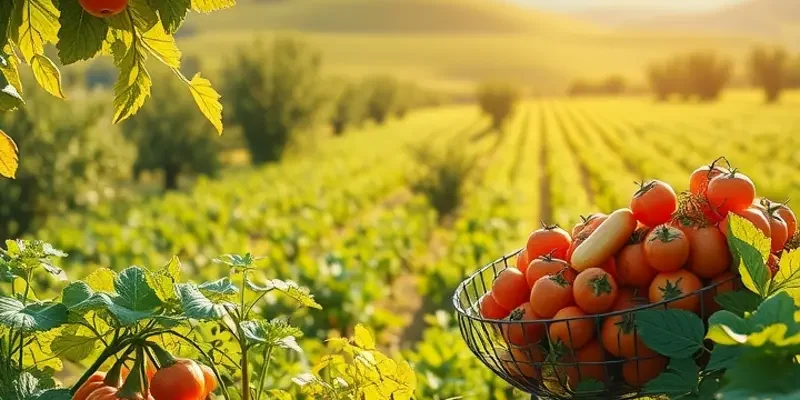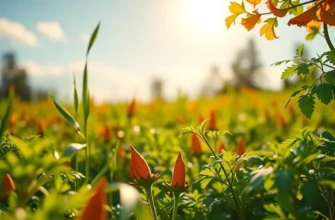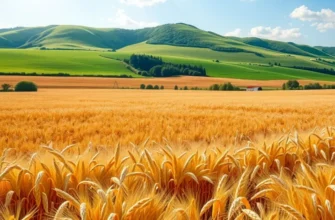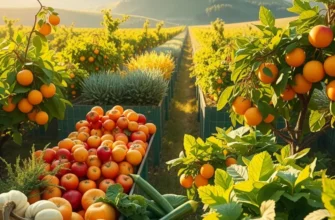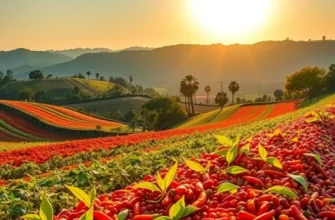Poland’s culinary landscape is a vibrant tapestry woven from its storied history and diverse cultural influences. Each dish tells a tale, reflecting centuries of agricultural practices, seasonal ingredients, and regional specialties. From the heartwarming simplicity of traditional meals to the intricate preparations of holiday feasts, Polish food traditions offer a fascinating glimpse into the nation’s identity. Join us on a journey through the flavors, rituals, and heritage that define Polish cuisine.
Heartwarming Dishes: Everyday Polish Cuisine

The essence of Polish home cooking can be captured in its warm, inviting dishes that often center around simple yet flavorful ingredients. At the heart of these meals are soups, which hold a special place in Polish culinary traditions. From the tangy, beet-rich barszcz to the comforting heartiness of żurek—a soup made with fermented rye flour—soups are an integral part of Polish gastronomy.
Using local ingredients is integral to Polish cuisine, reflecting the agricultural abundance of the country. Cabbage, potatoes, mushrooms, and a variety of meats and fresh herbs frequently appear in everyday meals, bearing testimony to the land’s fertility. Cabbage is particularly noteworthy, finding its way into gołąbki, boiled cabbage leaves stuffed with meat and rice, then baked in a tomato sauce.
Dumplings, or pierogi, are another staple of Polish home cooking. These versatile pockets of dough can be savory or sweet, a testament to the adaptability of Polish cooks. Savory versions often feature fillings like potatoes and cheese—the classic pierogi ruskie—while sweet variants might be stuffed with fresh fruit. Regardless of the filling, they are usually boiled and then pan-fried in butter until crisp.
Traditional cooking methods have been preserved across generations, ensuring that each dish carries the authenticity of past times. Techniques such as fermentation not only enhance flavors but also support gut health. Fermented foods like sauerkraut and pickles are not merely side dishes; they are crucial elements that add depth and texture to meals.
For those interested in exploring global culinary influences on traditional dishes, this insightful article provides a broader context to how trade has shaped food traditions, including those of Poland.
Comfort dishes like bigos, a hunter’s stew featuring meat, sauerkraut, and fresh cabbage, are cooked over long periods to develop rich flavors. Similarly, kotlet schabowy, akin to a breaded pork chop, serves as a hearty center for many weekday dinners, paired with potatoes and a side of bright, crunchy coleslaw.
Polish cuisine emphasizes resourcefulness, making use of every ingredient available. This aligns well with current trends of low waste cooking and sustainability. At its core, everyday Polish cuisine is built on the tenets of simplicity and heartiness, offering both nourishment and a taste of tradition. Whether gathered around a small family table or serving a festive gathering, these dishes continue to bring people together over shared history and flavors.
Feasting for the Seasons: Polish Celebration Foods
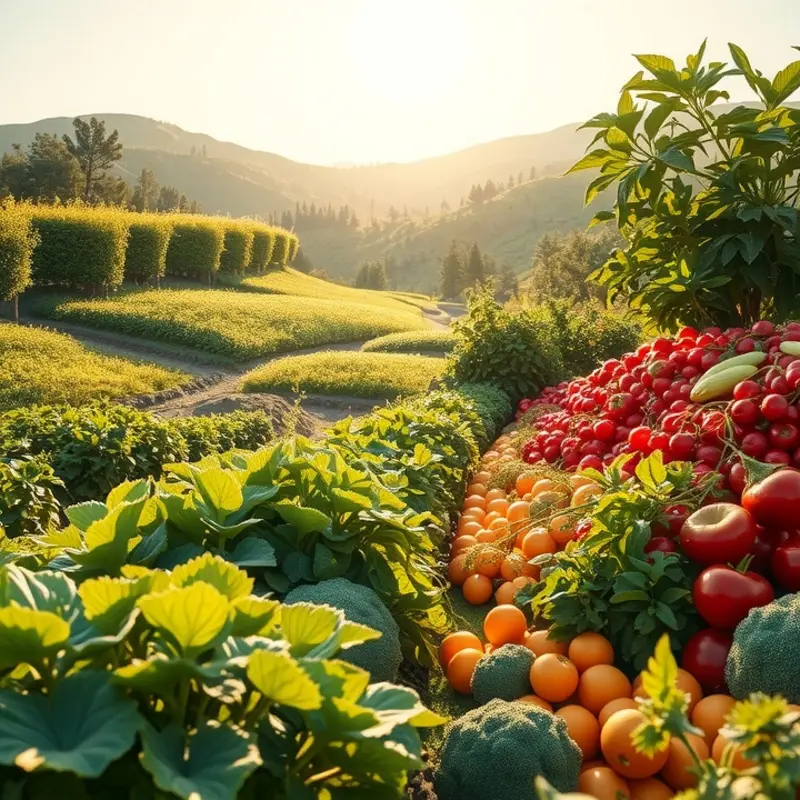
In Poland, traditional dishes play a central role during holidays, mirroring the ebb and flow of seasons. Christmas, a time defined by comfort and light in the dark of winter, features an opulent feast known as Wigilia. On Christmas Eve, families gather around a shared table to enjoy a meatless meal rich in tradition and symbolism.
Barszcz, a clear, ruby-red beet soup, often inaugurates Wigilia. Its vibrant color mirrors the warmth of the holiday, while the earthy sweetness complements the wintry chill outside. The soup is served with uszka, small, mushroom-filled dumplings, which evoke shared moments of crafting in the faint glow of a kitchen lamp as stories flow across generations. This opening dish speaks of unity and continuity, connecting the present feast with the centuries of Christmas Eves past.
Another staple of Polish Christmas is pierogi, dumplings stuffed with various fillings like cabbage, mushroom, or cheese. These parcels are not just food; they are a loving craft passed from one generation to the next. Preparing pierogi is a communal activity, with younger children learning from the elders. It’s during these sessions that tales of old Warsaw or rural whispers of Podlasie come alive, binding the family spirit.
As Easter ushers in the promise of renewal, Polish kitchens burst into color and life once more with vibrant dishes that honor spring. In stark contrast to the introspective flavors of winter, Easter meals feature żurek, a sour rye soup that symbolizes resilience and endurance through its tangy, hearty essence. Its unique flavor resonates with hope and the zest of rebirth, capturing the freshness of the season.
To crown the Easter feast, families indulge in mazurek, a richly decorated cake. Topped with nuts, dried fruits, and colorful icings, mazurek is an intricate testament to creativity and celebration. Each bite is sweet yet tempered with a touch of sour—a fitting balance that reflects the harmony of tradition and innovation in Polish culture. Crafting a mazurek requires patience and imagination, echoing the vigor and diversity of springtime blooms.
These dishes do more than fill the stomach; they nurture the soul. Through these feasts, the Polish not only savor flavors passed down through the ages but also anchor their identity in shared heritage. Within the recipes, one finds an unspoken family pact—preserve the past, yet innovate for the future—a principle resonating with those eager to reduce food waste by considering more sustainable eco-smart kitchen storage methods.
Such rich traditions illustrate that Polish celebration foods are more than culinary experiences; they are a cultural tapestry weaving the strands of social and familial bonds. Across the seasons, whether gathered under a single roof for Christmas or toasting the arrival of spring, these meals rekindle the Polish spirit, signifying more than just sustenance but kinship and continuity.
Final words
Polish food traditions are a treasure trove of flavors, stories, and cultural connections. From the simplicity of everyday dishes to the elaborate spreads prepared for special occasions, every recipe carries with it a piece of history. As you explore these culinary delights, you’ll find that they are not merely meals but a celebration of Polish identity, community, and the passage of time. By engaging with these rich traditions, one not only enjoys a delicious journey through Poland’s flavors but also fosters an appreciation of the ties that bind us all through food.

